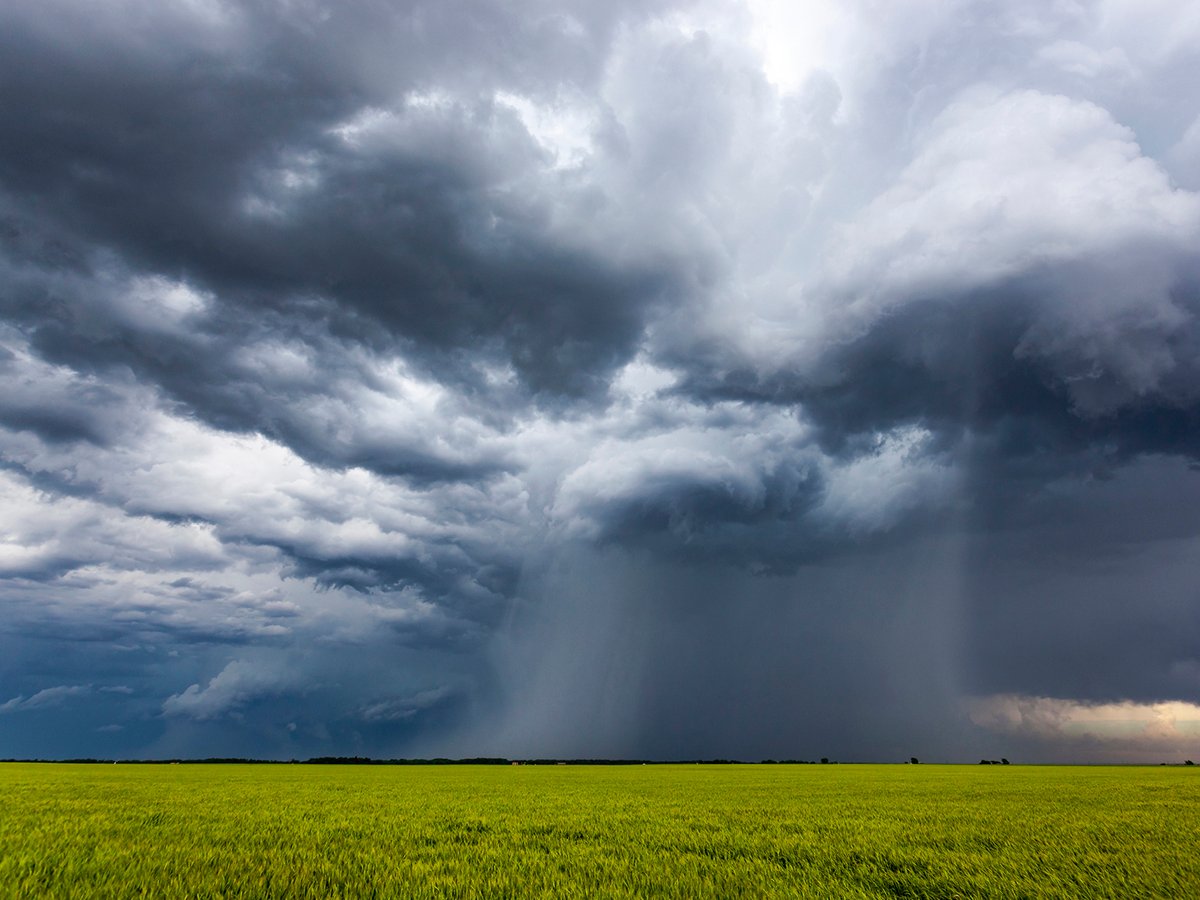A successful greenhouse operation starts with good decision making skills, says Mohyuddin Mirza.
“People make good decisions and bad decisions and that affects everything,” the Alberta Agriculture greenhouse specialist told the Saskatchewan Greenhouse Growers Association conference in Saskatoon Nov. 8.
Mirza advised growers to keep good records of their inputs, check gauges and meters, keep fresh air intakes clean and maintain buffer zones around exterior greenhouse walls.
He also encouraged growers to be aware of the latest developments in the greenhouse.
High tech microphones will one day be able to hear plant stress, but for now, Mirza said it’s up to growers to remain vigilant in watching over their plants.
Read Also

Extreme rain increases as planet warms
In this issue, we are going to wrap up our look at extreme rainfall by examining the different weather patterns that tend to be associated with these rainfall events.
He provided numerous examples of how oversights and mistakes led to a significant loss for growers.
Incomplete combustion in furnaces can abort flowers in tomatoes, harsh temperatures or contaminated water can create abnormal fruits.
For cucumbers, extreme drops in overnight temperatures can cause soft skin, while leaky drip irrigators darken skins.
Mirza recommended growing tomatoes in a greenhouse because they are sensitive and good indicators of impending trouble.
“Tomatoes will pick up 2,4-D miles away,” he said.
He also stressed the importance of good sanitation. Diseased plants must be removed, since stubs left behind can release spores and affect other plants.
“It may cost more labour but if this labour is going to save this crop, it’s worth it,” he said, estimating the demise of one cucumber plant costs $50 in losses.
Growers who are relaxed, enjoy their work and take pride in what they grow will make better decisions for their operations, said Mirza.














